Optimal Timing for Roof Eaves Repairs
Understanding the optimal timing for roof eaves repairs is essential to ensure effective maintenance and prevent potential damage. The timing depends on weather conditions, the extent of damage, and seasonal considerations.
Spring and early summer often provide ideal conditions for roof eaves repairs due to dry weather and moderate temperatures.
Repair projects should be scheduled outside of heavy rain, snow, or extreme heat to ensure safety and quality workmanship.
Conducting inspections during mild seasons helps identify issues early, reducing the risk of costly repairs later.
Temperature fluctuations can cause materials to expand or contract, making moderate weather the best for repairs.

Ways to make Roof Eaves Repairs work in tight or awkward layouts.
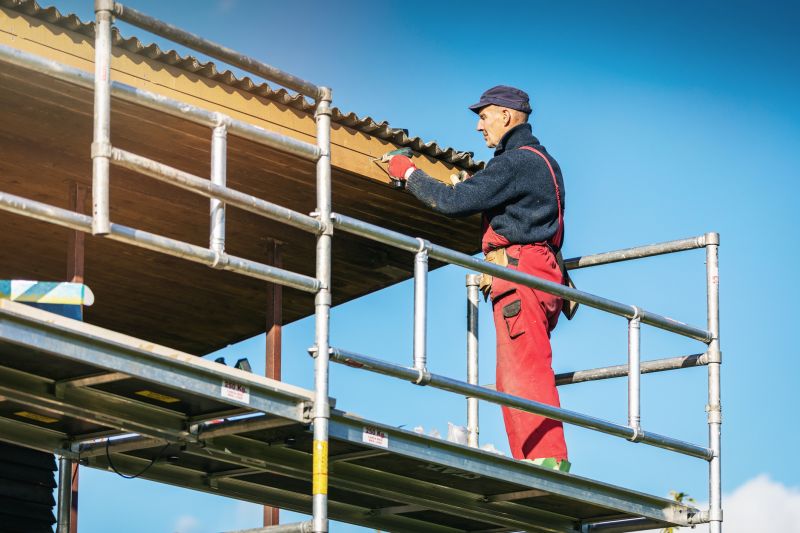
Popular materials for Roof Eaves Repairs and why they hold up over time.
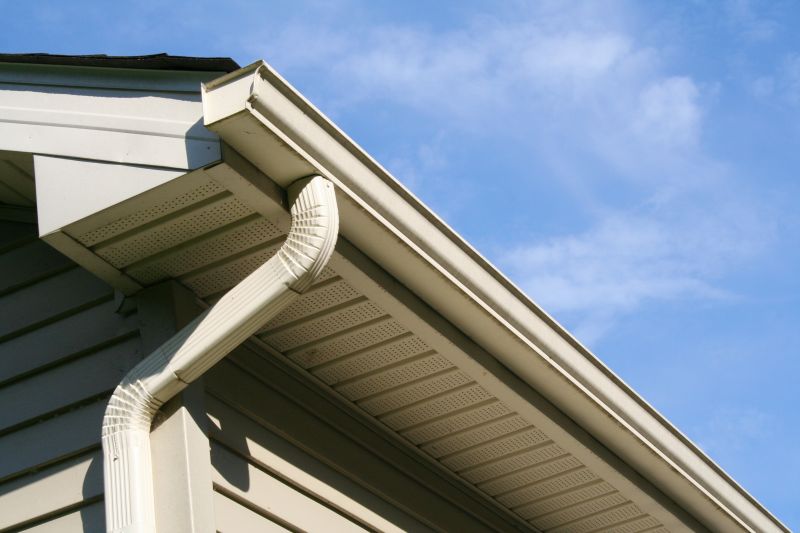
Simple add-ons that improve Roof Eaves Repairs without blowing the budget.
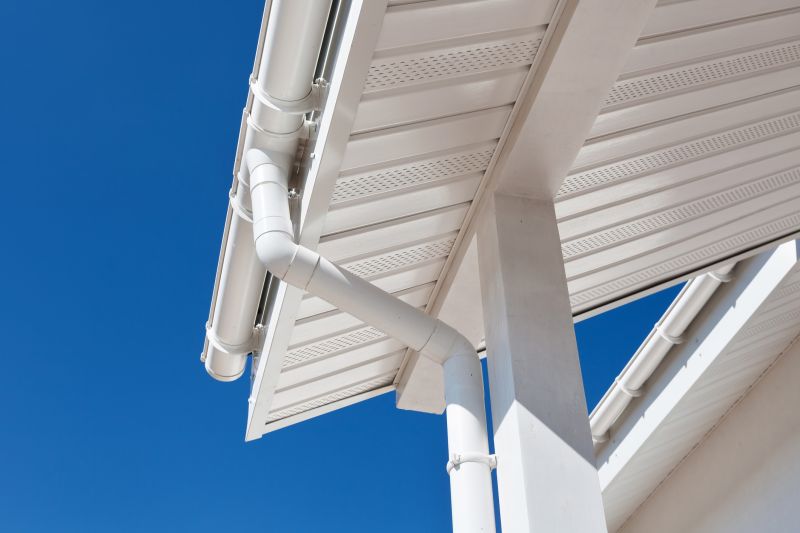
High-end options that actually feel worth it for Roof Eaves Repairs.
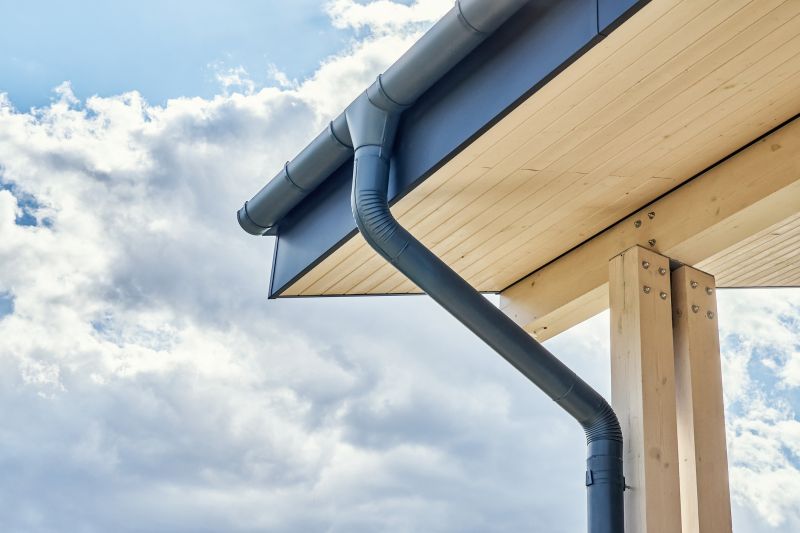
Finishes and colors that play nicely with Roof Eaves Repairs.
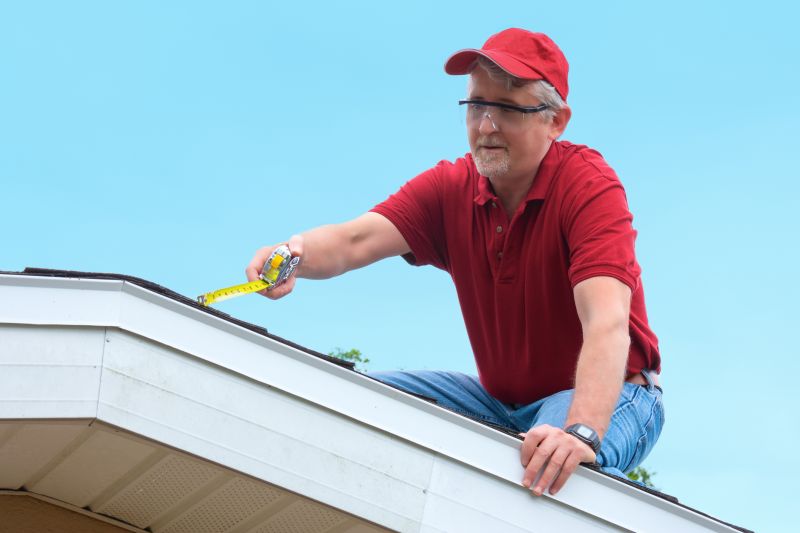
Little measurements that prevent headaches on Roof Eaves Repairs day.

A 60-second routine that keeps Roof Eaves Repairs looking new.

A frequent mistake in Roof Eaves Repairs and how to dodge it.
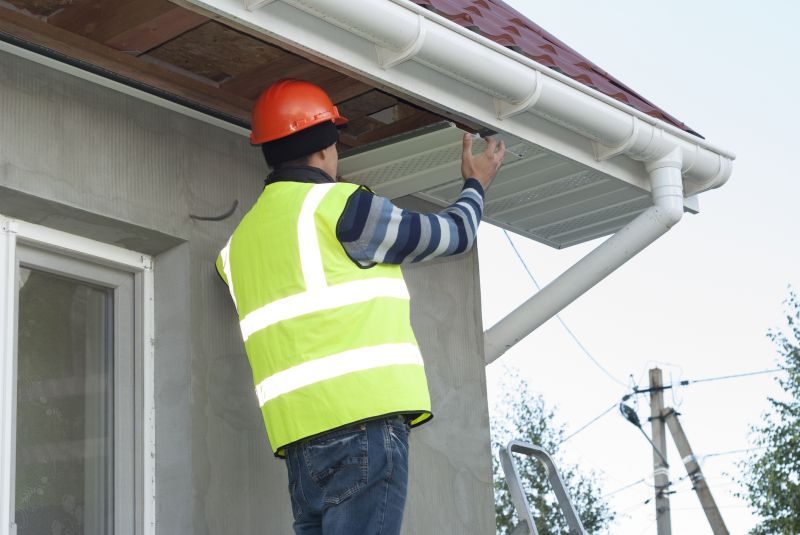
Small tweaks to make Roof Eaves Repairs safer and easier to use.
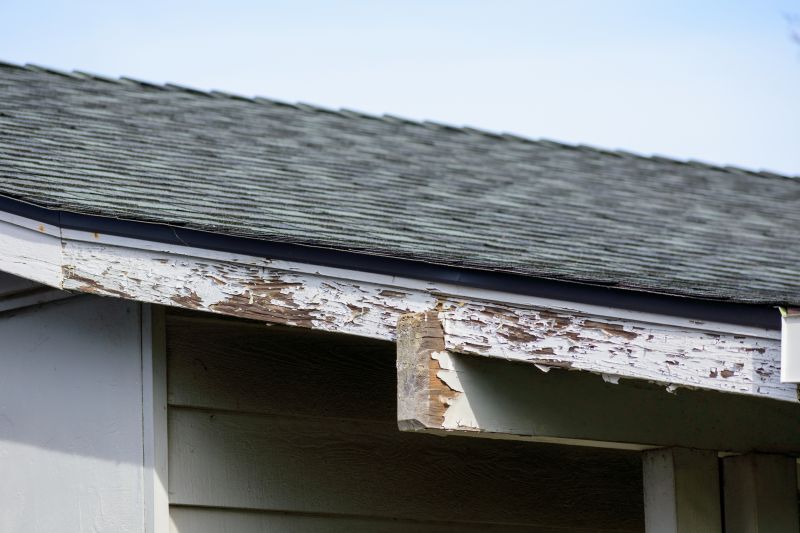
Lower-waste or water-saving choices for Roof Eaves Repairs.
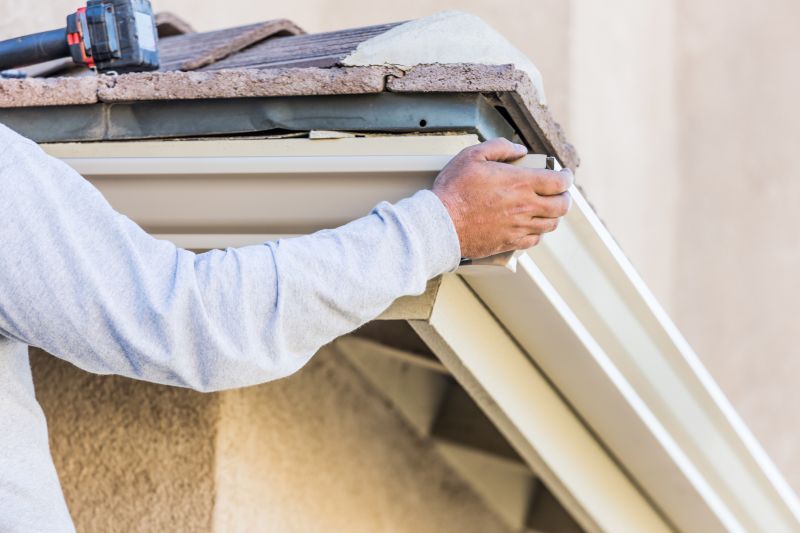
The short, realistic tool list for quality Roof Eaves Repairs.

Rough timing from prep to clean-up for Roof Eaves Repairs.
| Best Time for Repairs | Key Considerations |
|---|---|
| Spring and early summer | Dry weather, moderate temperatures, early detection of issues |
| Late summer | Ideal for completing repairs before colder months |
| Off-peak seasons | Less disruption and scheduling flexibility |
| Avoid winter and heavy rain | Risk of moisture damage and unsafe conditions |
| Post-storm inspections | Timely identification of damage for prompt repairs |
